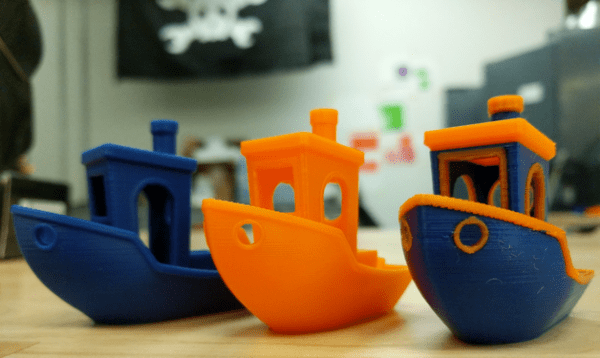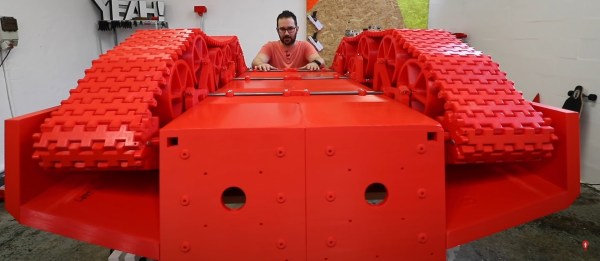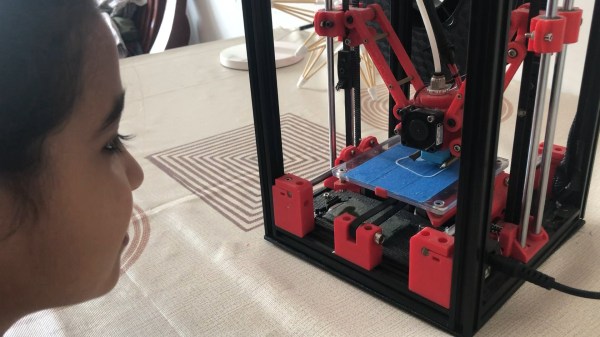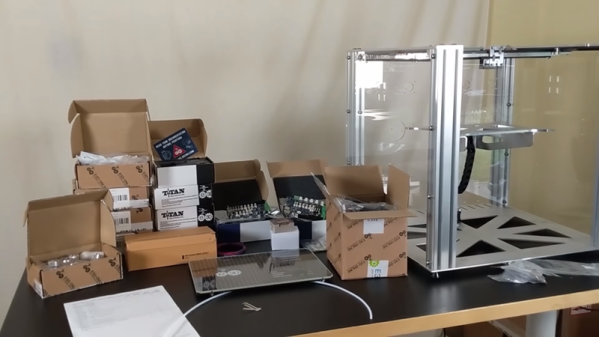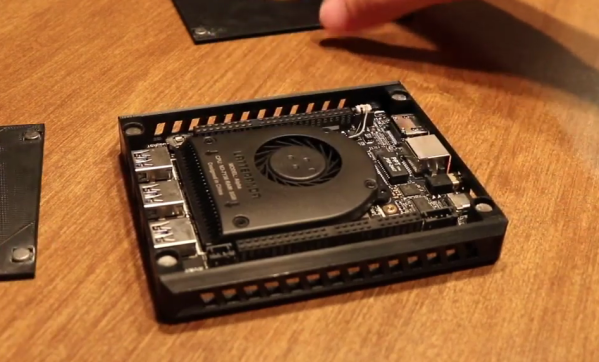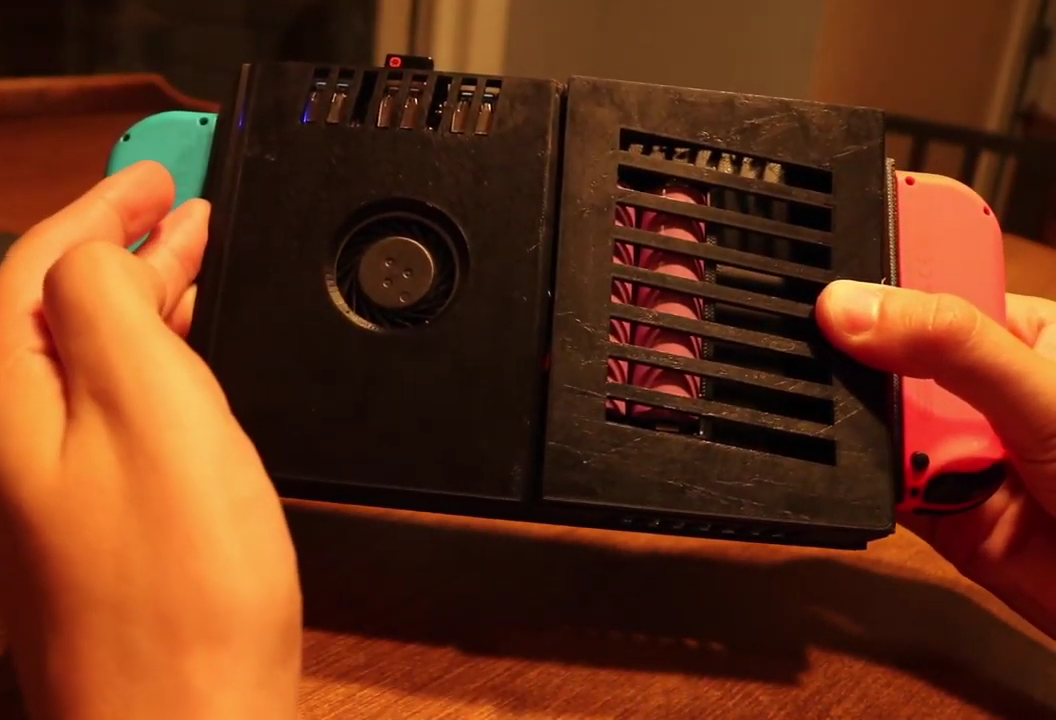Radio control projects used to be made of materials such as metal or wood, and involve lots of hand crafted parts. That’s still one way to go about things, but 3D printing has become a popular tool in recent years. [RCLifeOn] has been working on a 3D printed jet boat, which recently got a serious power upgrade.
The boat in question received a 5000W brushless motor – significant power for a vehicle weighing less than 2kg. Powered by a 12S lithium pack, and outfitted with a water jacket for cooling, it drives the boat through an off-the-shelf turbine after initial attempts to DIY the drivetrain were unsuccessful.
The biggest problem in the project came from coupling the motor to the turbine. A 3D printed coupler was unable to hold up to the strain, while attempts to make a metal part failed due to the lack of a lathe. Eventually the solution was found by daisy chaining two off-the-shelf parts together.
The boat proved itself ably on the water, with the large motor proving more than capable of shifting the boat at a strong clip. It’s an excellent shakedown for the parts that will eventually find themselves in a powered surfboard build. We’ve seen [RCLifeOn]’s work before, too, like these stylish 3D printed sneakers. Video after the break.


